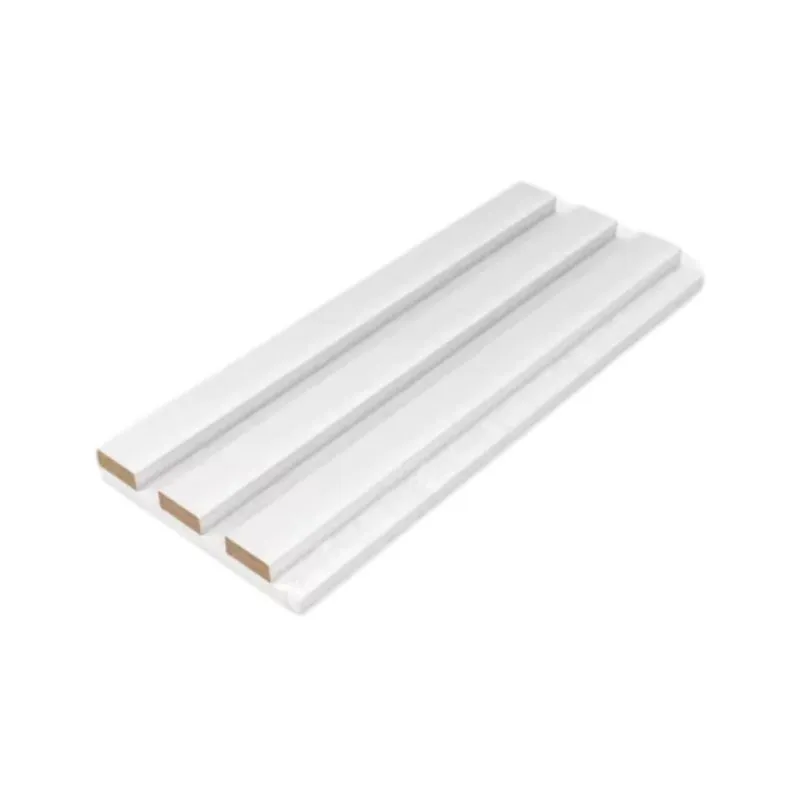The Benefits of Polyester Fiber Acoustic Panels in Modern Design
In recent years, the quest for effective sound management in both residential and commercial spaces has led to the rise of innovative acoustic solutions. Among these, polyester fiber acoustic panels have become increasingly popular due to their exceptional performance, aesthetic versatility, and environmental benefits. This article delves into the characteristics and advantages of polyester fiber acoustic panels, making them a preferred choice for architects and designers alike.
Understanding Polyester Fiber Acoustic Panels
Polyester fiber acoustic panels are constructed from recycled polyester fibers, which are considered eco-friendly and sustainable. These panels are designed to absorb sound, reducing noise levels and improving the overall acoustics of a space. Their unique structure allows them to trap sound waves, preventing them from bouncing off hard surfaces like walls and ceilings. This absorption capability makes polyester fiber panels especially beneficial in environments such as offices, schools, auditoriums, and homes.
Superior Sound Absorption
One of the standout features of polyester fiber acoustic panels is their ability to enhance sound quality. Unlike traditional materials, which can reflect sound and create echoes, these panels offer superior sound absorption. This quality helps to minimize background noise, reduce distractions, and create a more conducive environment for work, learning, and leisure. The effectiveness of these panels is often measured in terms of their Noise Reduction Coefficient (NRC), with higher values indicating better performance.
Aesthetic Versatility
Polyester fiber acoustic panels come in a wide range of colors, shapes, and sizes, allowing designers to incorporate them seamlessly into various interior styles. Whether you prefer a sleek, modern look or a more traditional aesthetic, these panels can be customized to meet your specific needs. Additionally, the soft texture of polyester fiber adds a touch of warmth to any space, making it more inviting.
Furthermore, these panels can be used in creative ways – they can be wall-mounted, suspended from ceilings, or even integrated into furniture designs. This flexibility not only helps in improving acoustics but also enhances the overall visual appeal of an environment.
polyester fiber acoustic panel

Environmental Benefits
Sustainability is a growing concern in today’s construction and design industries. Polyester fiber acoustic panels are typically made from recycled materials, making them a more environmentally friendly option compared to conventional acoustic panels. By choosing these panels, designers contribute to reducing waste and promoting the circular economy. Additionally, many manufacturers ensure that the production processes of polyester panels are energy-efficient, further minimizing their carbon footprint.
Easy Installation and Maintenance
Another advantage of polyester fiber acoustic panels is their ease of installation. They can be easily installed in almost any setting, making them a practical choice for both new constructions and renovations. Most panels come with an adhesive backing, simplifying the application process, or they can be easily mounted to walls or ceilings using clips or tacks.
In terms of maintenance, these panels are also advantageous. They are less prone to accumulating dust and dirt compared to other materials, and when cleaning is necessary, they can often be wiped down or vacuumed without much hassle. This durability ensures that the acoustic panels retain their performance and aesthetic appeal over time.
Conclusion
Polyester fiber acoustic panels represent a harmonious blend of functionality, aesthetics, and environmental responsibility. Their superior sound absorption capabilities make them ideal for managing noise, while their customizable designs allow for creative freedom in interior spaces. As the demand for sustainable building materials continues to grow, polyester fiber acoustic panels stand out as an excellent option for architects and designers looking to enhance both the acoustics and the beauty of modern environments.
As we move toward more sustainable practices in architecture and design, the inclusion of polyester fiber acoustic panels can play a significant role in creating spaces that are not only visually appealing but also acoustically comfortable and environmentally friendly.
